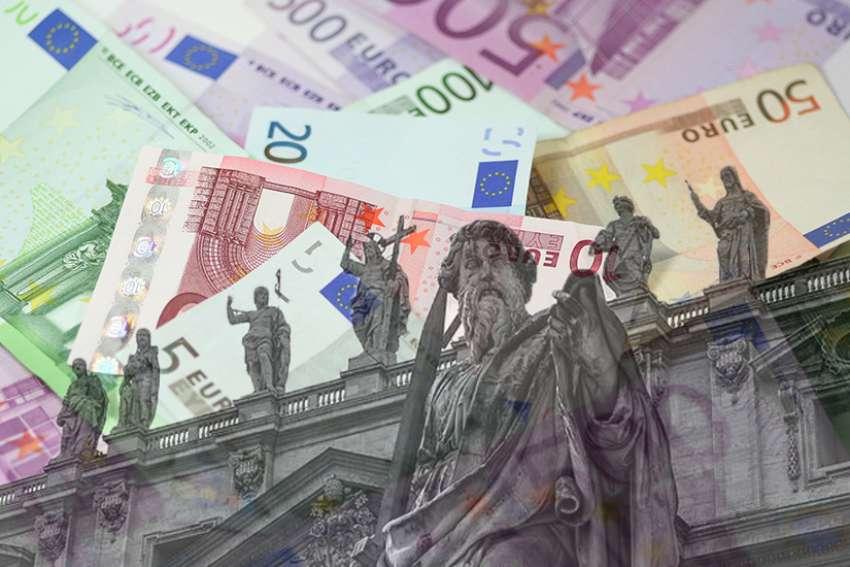Vatican court charges former IOR president with embezzlement
By Catholic News Agency
VATICAN – A former president of the Institute of Religious Works, the so-called “Vatican Bank,” and his lawyer, have been ordered to stand trial at the Vatican on charges of embezzlement and money laundering.
According to a press release from the institute, Angelo Caloia, 78, president of the IOR from 1989 to 2009, and his lawyer, Gabriele Liuzzo, 94, are accused of participating in “unlawful conduct” from 2001-2008, during “the disposal of a considerable part of the institute’s real estate assets.”
The institute is seeking compensation for damages estimated at more than 50 million euro (C$80.5 million). Caloia is the highest-ranking Holy See financial official to be indicted.
Former IOR director general Lelio Scaletti, who died Oct. 15, 2015, was part of the original investigation, launched in 2014 after complaints were lodged by the IOR. The trial is set to begin March 15.
According to the press release published by the IOR Feb. 26, the trial is an important step that “shows once again the significant commitment that IOR’s management has undertaken in the last four years in order to implement strong and transparent governance, which complies with the most rigorous international standards.”
It also stated that the institute “intends to pursue by civil and criminal judicial proceedings any illicit activity carried out to its detriment, no matter where it occurred and who performed it.”
The institute announced that it has also joined a civil suit, in addition to the criminal proceedings.
In February, a Vatican Court found former IOR general director, Paolo Cipriani and former deputy general director, Massimo Tulli, liable for mismanagement, and ordered them to compensate the IOR for resulting damages.
The news of the sentence against the IOR’s former senior managers was delivered Feb. 6 in a short release that provided no names, nor the amount of money to be compensated.
The Institute for Religious Works was founded in 1942 under Ven. Pius XII but has origins dating back to 1887. It aims to hold and administer finances designated for “religious works or charity,” its website says. It accepts deposits from legal entities or persons of the Holy See and of the Vatican City State. The main function of the bank is to manage bank accounts for religious orders and Catholic associations.
According to 2016 figures, the bank has about C$9 billion in assets from almost 15,000 customers. It has about 100 employees and turned a profit of about C$57 million.
The Board of Superintendence governs the bank under a six-member Commission of Cardinals. The commission is supervised by Cardinal Santos Abril y Castelló.
Since his election as Bishop of Rome in 2013, Pope Francis has sought to reform the Vatican’s bank and other financial aspects of the Holy See. The process has not been easy. There have been various debates about jurisdiction, oversight, and auditing; establishment of new laws and guidelines; and changes in key personnel and leadership.
Tagged under:
Please support The Catholic Register
Unlike many media companies, The Catholic Register has never charged readers for access to the news and information on our website. We want to keep our award-winning journalism as widely available as possible. But we need your help.
For more than 125 years, The Register has been a trusted source of faith-based journalism. By making even a small donation you help ensure our future as an important voice in the Catholic Church. If you support the mission of Catholic journalism, please donate today. Thank you.
DONATE

